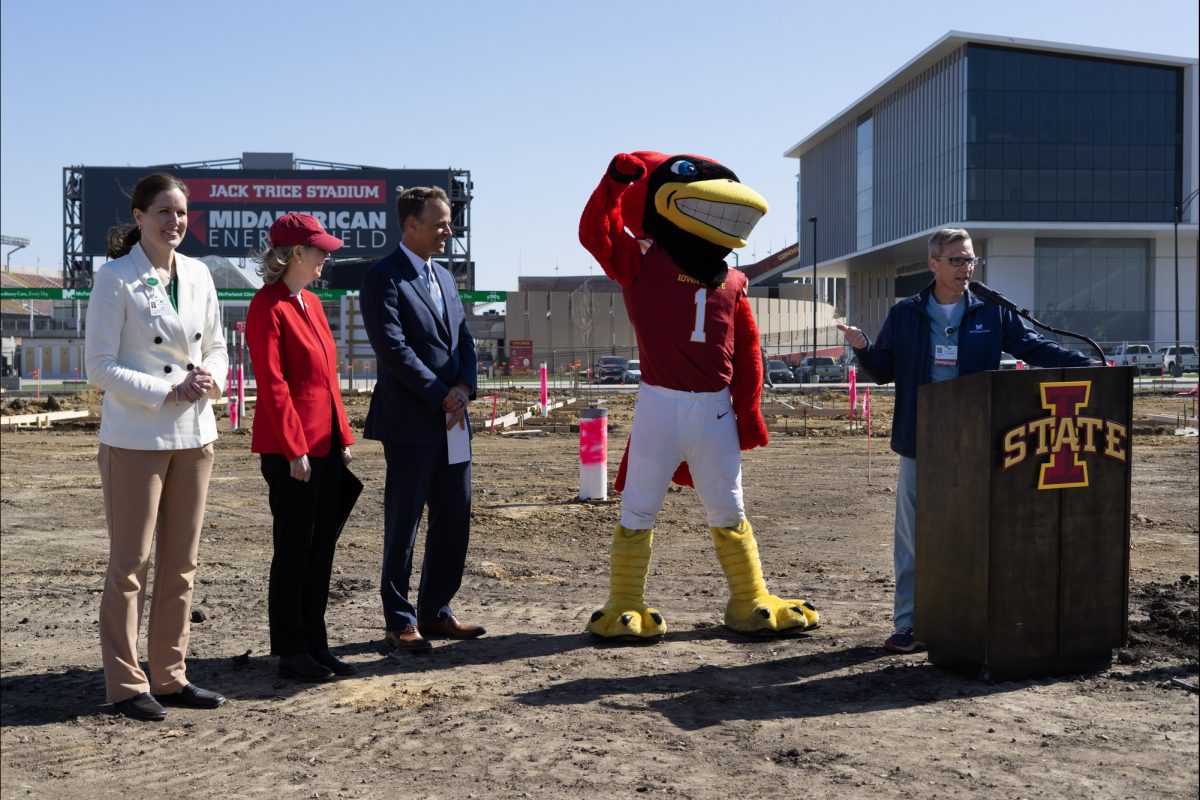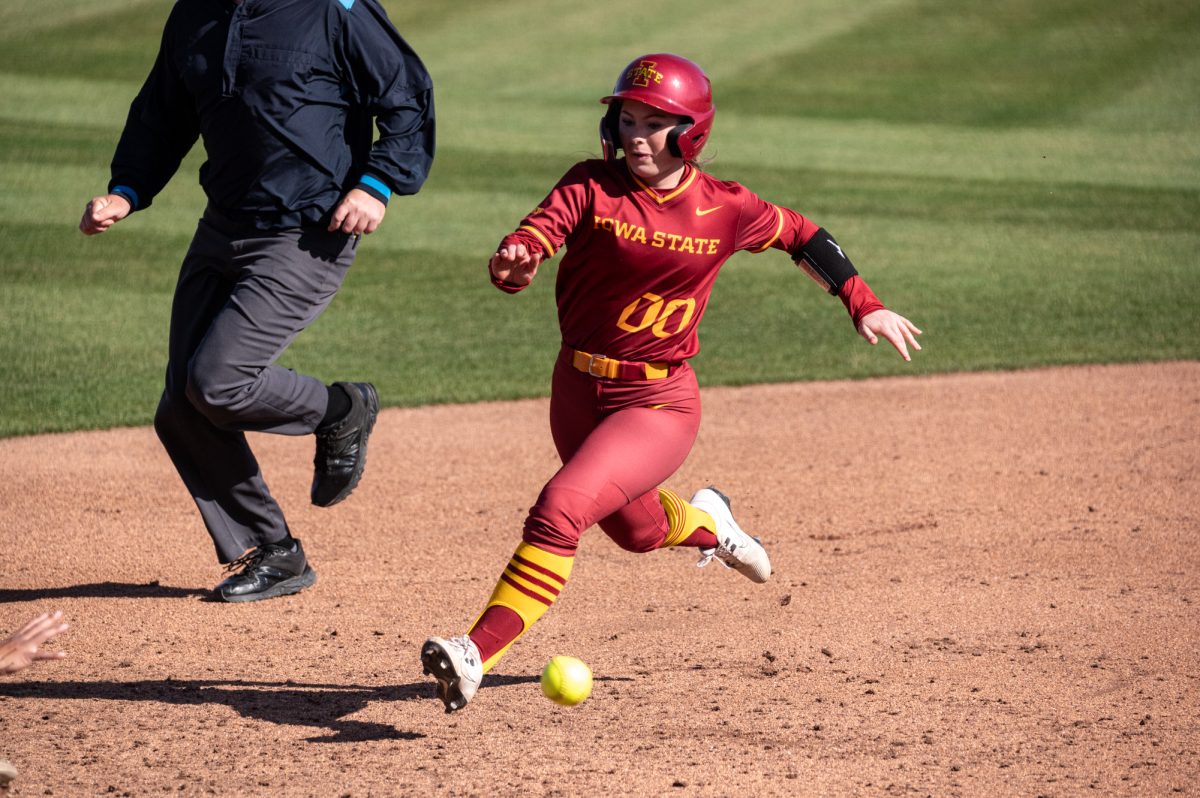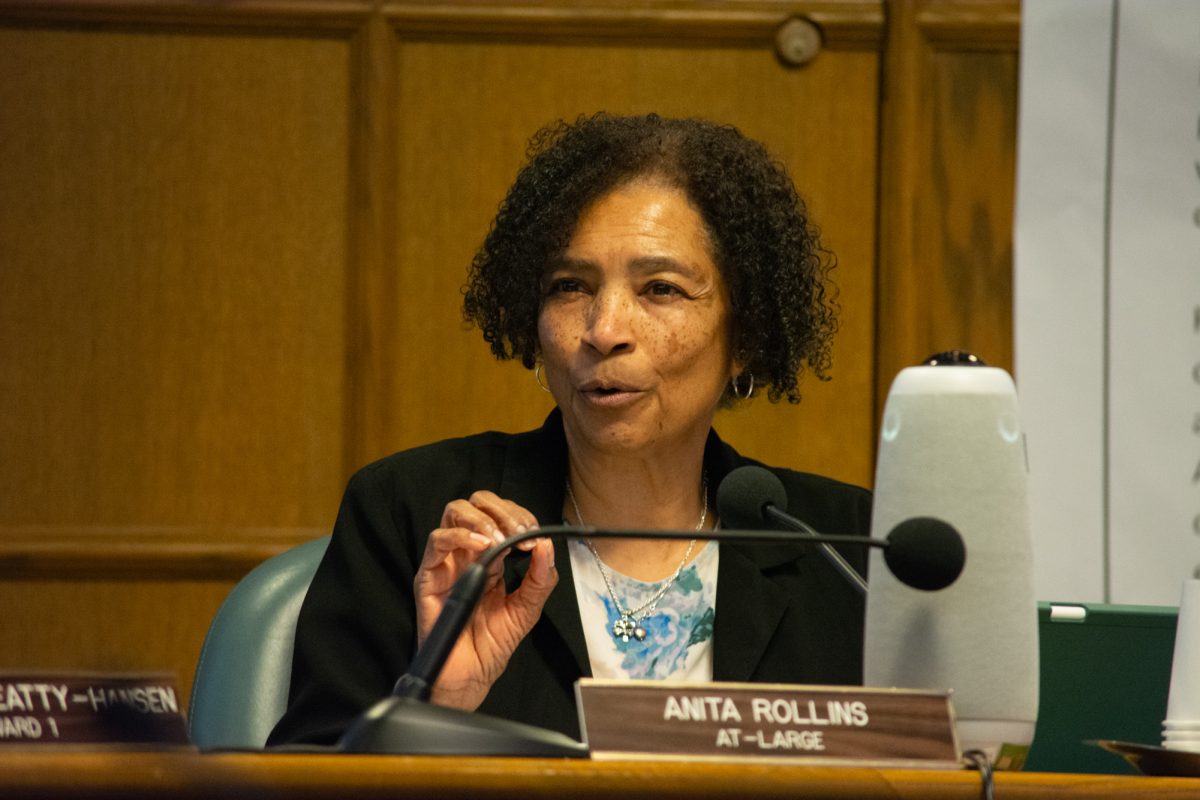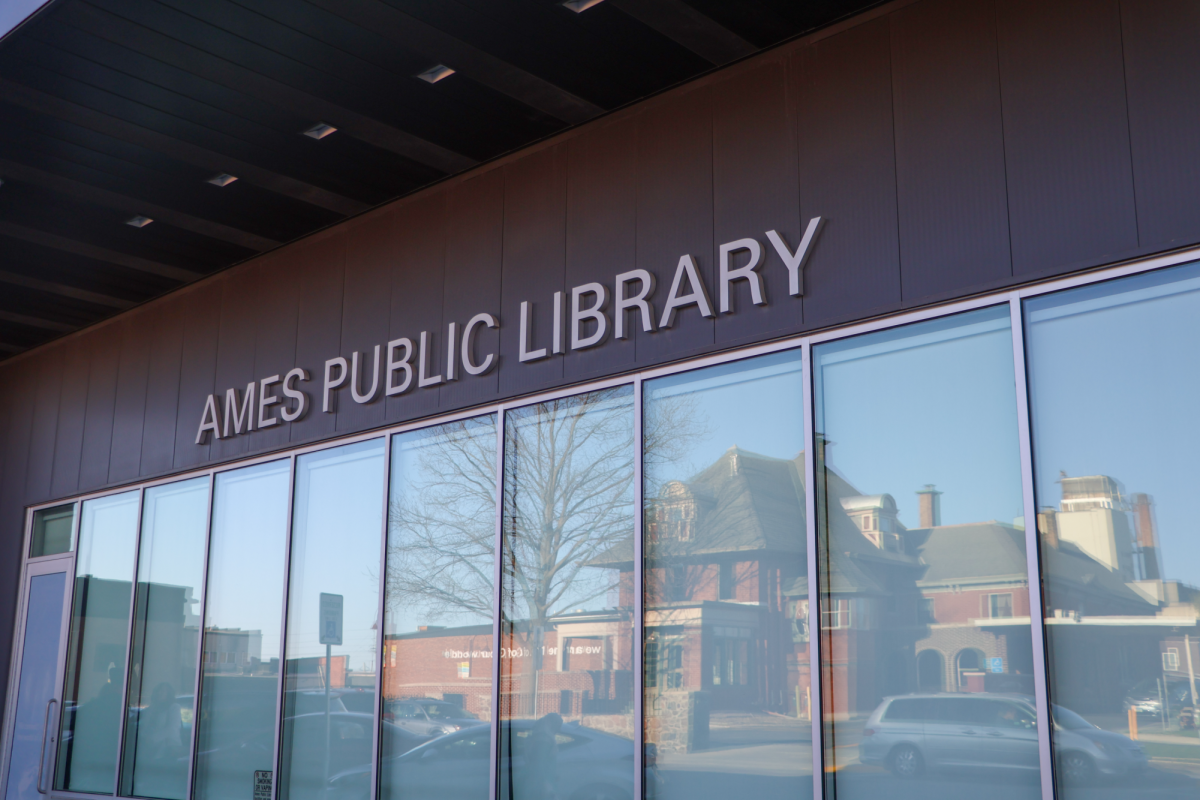ISU students to participate in SpaceX Hyperloop Competiton
December 1, 2015
ISU students are working to accomplish a goal that could change the way the world travels.
Engineering seniors Andrew Kitahara, materials engineering, and Brandon Klosterman, mechanical engineering, brought together a team of 50 engineering students to design and build a Hyperloop pod for the SpaceX Hyperloop Competition.
A Hyperloop is a transportation device concept created by Elon Musk, CEO of SpaceX and Tesla Motors, that would go from San Francisco to Los Angeles. A pod would transport humans and cargo by shooting through a loop at 700 mph, ultimately replacing the need for a high-speed bullet train.
“This pod goes inside this tube, and this tube has a low-pressure atmosphere,” Klosterman said. “This pod is going to levitate through this low-pressure atmosphere and have lower drag.”
ISU SpaceX Hyperloop team formed last June when Kitahara read an article about Musk’s challenge to university students to design and build the best pod. After running into Klosterman on the street, the two decided to form a team and began to grow through the engineering students they knew on campus.
The team recruited by posting fliers in all the engineering buildings, electronic posters on television and by simple word of mouth from professors and other students.
“This is completely … student-led design, multidisciplinary design,” Klosterman said. “It’s a full system design from complete napkin sketches to full-blown, ‘Hey, here’s our final pod.’”
Kitahara said the beginning phases of design started by meshing their own ideas for features and SpaceX’s own criteria for the Hyperloop pod and addressing issues with the technology.
The challenge the team faces is how they can address these engineering hurdles before they move forward without getting in too deep and not making any design progress, Kitahara said.
One of the issues they face is the logistics of making a several thousand pound vessel float, which involves complicated fluid dynamics. Another issue is creating an atmosphere humans can survive in while the pod moves through a partial vacuum.
“We have to go into brainstorming, thinking how we can address these problems,” Kitahara said. “We know that this technology has problems and limitations, there’s a reason why it doesn’t exist already.”
Kitahara said the hardest part is trying to make the technology sustainable. The pod must be environmentally friendly, he said, which they will remedy with a solar-powered electrical system.
The pod also needs to be financially competitive and cost-efficient enough that passengers can travel from San Francisco to Los Angeles with a $20, one-way ticket. Kitahara said social acceptability is another key aspect, as well as safety.
“Ideally, we’d be running these pods in two-minute intervals. Getting passengers from L.A. to San Francisco in an half an hour,” Kitahara said. “Whether it be work or play, this project has a niche here between two cities that are that far away from each other.”
There isn’t a definitive prize for winning the SpaceX Hyperloop Competition, but university pride is the biggest prize Kitahara and Klosterman hope to win for ISU.
“The whole purpose of doing this is to show what Iowa State University is capable of producing,” Kitahara said. “I love this university, I love this school. I think we have an absolutely amazing engineering program. Our biggest incentive is just to be a part of this project.”
Klosterman said he wants to get other students involved in a real-world experience outside of the classroom.
“You can sit there and do calculation after calculation, I know for me personally I’ve asked professors how this stuff applies to the real world, and I know everyone doesn’t do that.”
The SpaceX Hyperloop team is expanding its horizons outside of engineering, looking into students in design, business and advertising. The team meets Thursdays from 6-8pm in 0018 Carver.







